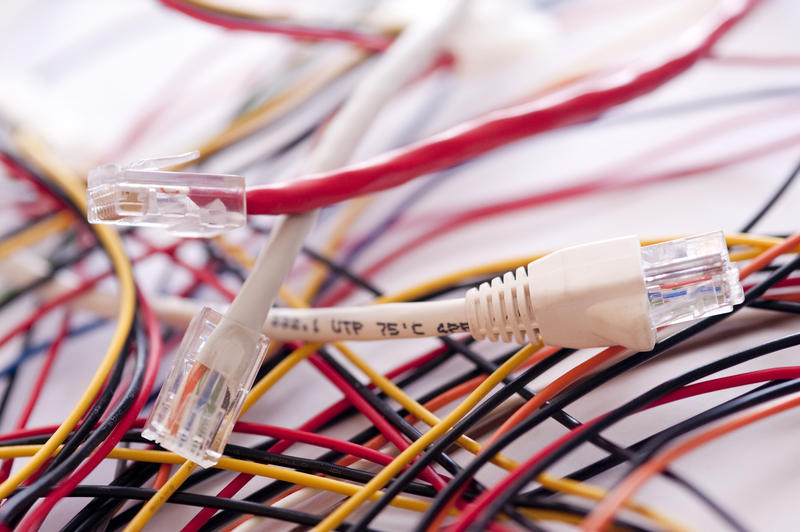
Biden’s Broadband Bust Built on a Faulty Premise
By Katie McAuliffe and Noah Vehafric
President Biden announced his “American Jobs Plan” – a two trillion dollar spending package meant to target all sorts of infrastructural issues. Here at Digital Liberty we are taking the magnifying glass to see how the President’s Plan will impact technology and broadband.
Biden’s plan calls the internet “the new electricity,” citing the role the federal government saw itself having in 1936 when it passed a law that helped expand electricity to rural parts of the nation. This analogy is superficial at best and ignores the real challenges that exist to expanding broadband that didn’t come with electricity.
Life Expectancy
Rural electrification was being done with equipment and infrastructure that was expected to last decades. Indeed, electrical equipment lasts anywhere from 20 to 50 years. Internet infrastructure however, doesn’t last as long. The evolution of internet infrastructure includes dial-up, DSL, coaxial cable, wireless, satellite and fiber optic internet connections all happening within a span of less than 30 years. When asked about the idea of electrification and broadband deployment, Curtis Wynn the Vice President of the National Rural Electric Cooperative Association (NRECA) said that rural broadband investments would barely last 8 years, not 80 like electricity.
Alternative Delivery Styles
Rural electrification installed millions of poles and strung endless miles of wire. While using utility poles offers great potential to close the digital divide, it’s not the be-all and end-all solution to the digital divide. Rural America is not homogenous. We need tailored solutions based on geography and the service providers in that area. Plus, the internet infrastructure industry is facing serious setbacks when it comes to pole owners who do not allow one touch make ready, require exorbitant fees, or expect attachees to cover the entire replacement cost of a pole they do not own.
Rural america is not homogenous and not the same. Some areas just need capex, some need continuing support. We need tailored solutions based on geography and the service providers in that area @CarolMattey @ITIFdc #ITIFBroadband
— Katie McAuliffe (@DigitalLiberty) April 1, 2021
Biden’s narrow view of what constitutes broadband isn’t going to help close the digital divide, it’ll only widen it. By only believing in fiber, innovators and entrepreneurs are disincentivized from finding potential alternatives. And these alternatives are showing promising results such as the satellite broadband being used in the most remote areas like tribal lands. Removing these alternatives closes out those on the bottom and reserved theses new dollars for the premium competitors in the big cities. Closing the digital divide should find creative solutions. It should be tech-neutral; not restricted to the image we get when we think of rural electrification.
Costs
The final piece of this failed analogy is the cost of building out broadband infrastructure. It is much more expensive to build than its electrical counterpart. Getting fiber onto poles or in the ground costs $20,000 up to $60,000 per mile. When rural electrification was occurring, there were significant price drops in the cost of infrastructure that stretched our dollars farther. We aren’t seeing that price drop in broadband.
Conclusion
Giving broadband access to all Americans cannot and should not be compared to the rural electrification efforts of the 1930’s. The technology and the context is too different to make this a good analogy. Instead of relying on models of the past, we need to look for a creative new ways to solve this new problem.
Photo Credit: Freebie.Photos